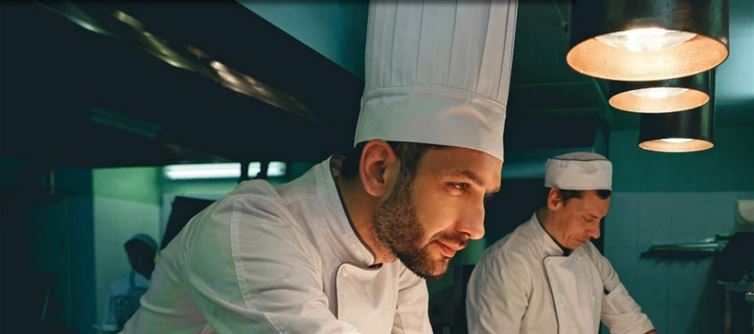
What was it called?
There is more to the white hat than meets the eye. Toque or toque blanche is a unique name for it. The French word "toque" is thought to have come from an Arabic word for clothing or head coverings. Tall, white, pleated, and cylindrical are some of the features that distinguish a classic chef's hat from others. Over time, several modifications have been created, nevertheless.
What are its functions?
• The chef's hat has several useful purposes that are essential to preserving safety and hygienic conditions when cooking, therefore it's not simply about tradition or even style.
• By keeping hair away from the food, the caps contribute to its safety and hygienic conditions.
• They tend to absorb perspiration, which enhances cleanliness even more.
• Their design facilitates air circulation to the chef's head, which is particularly important in hot cooking settings.
• They also assist chefs in keeping a disciplined and professional approach to their work.




 click and follow Indiaherald WhatsApp channel
click and follow Indiaherald WhatsApp channel